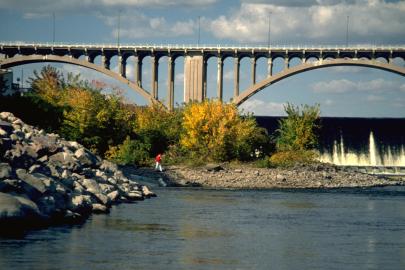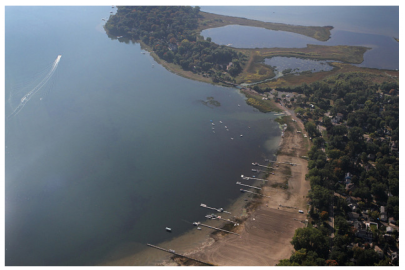Dam removal discussions are ramping up in the Twin Cities, and for good reason. Just as the Army Corps of Engineers embarks on a study to determine future ownership and operation of the locks and dams in Minneapolis and St. Paul, our local Mississippi river gorge was named to the 2018 list of American Rivers "10 Most Endangered Rivers."
Learn more, including FMR's position and recent media coverage. >>
Read more







